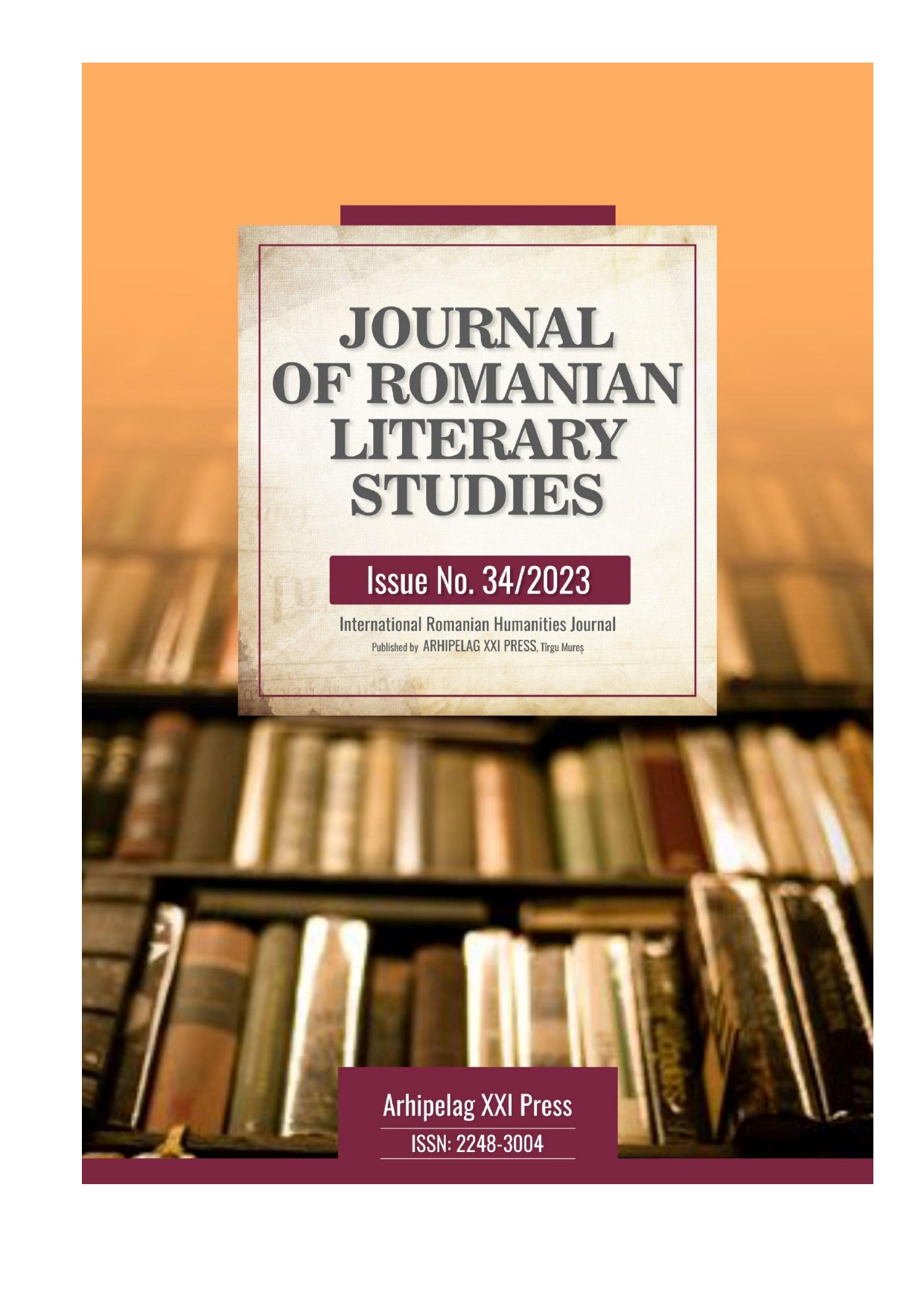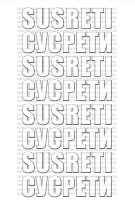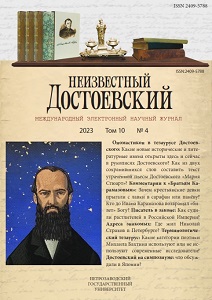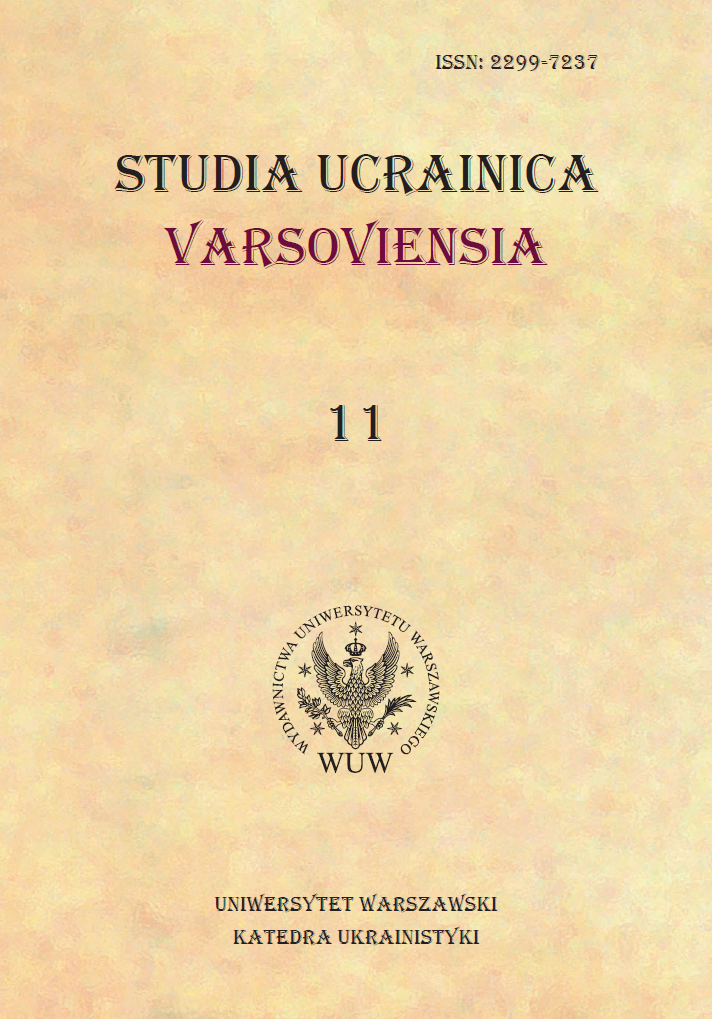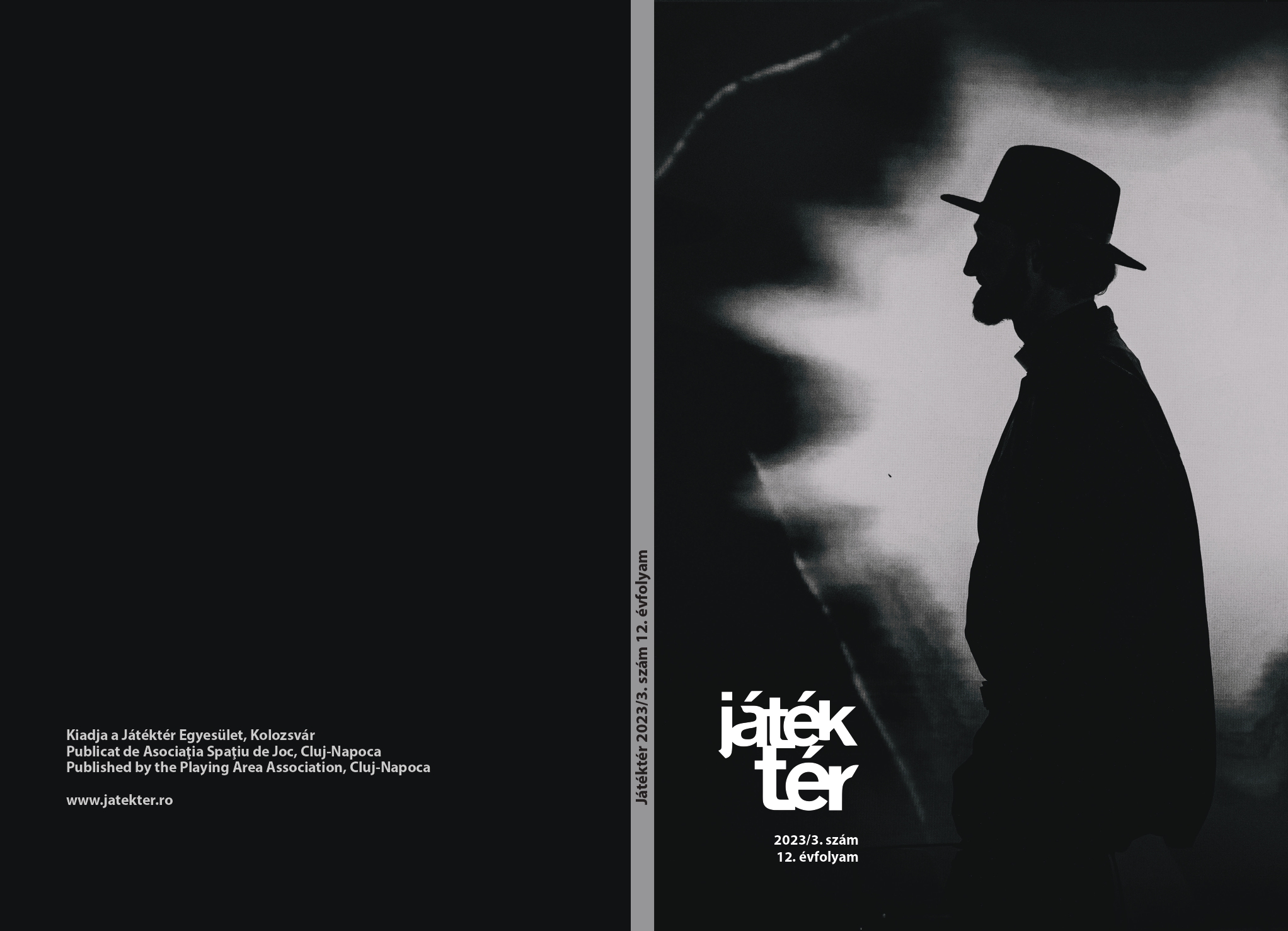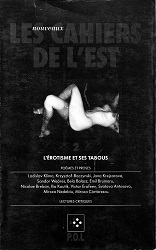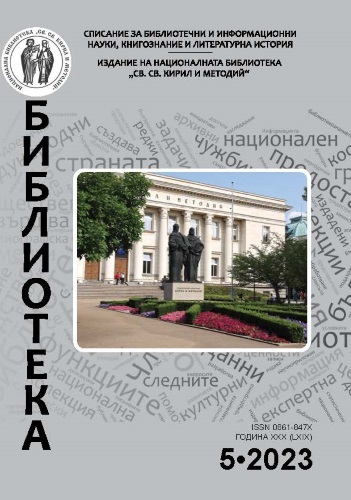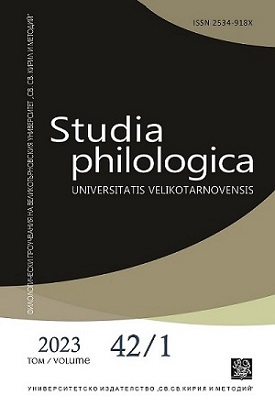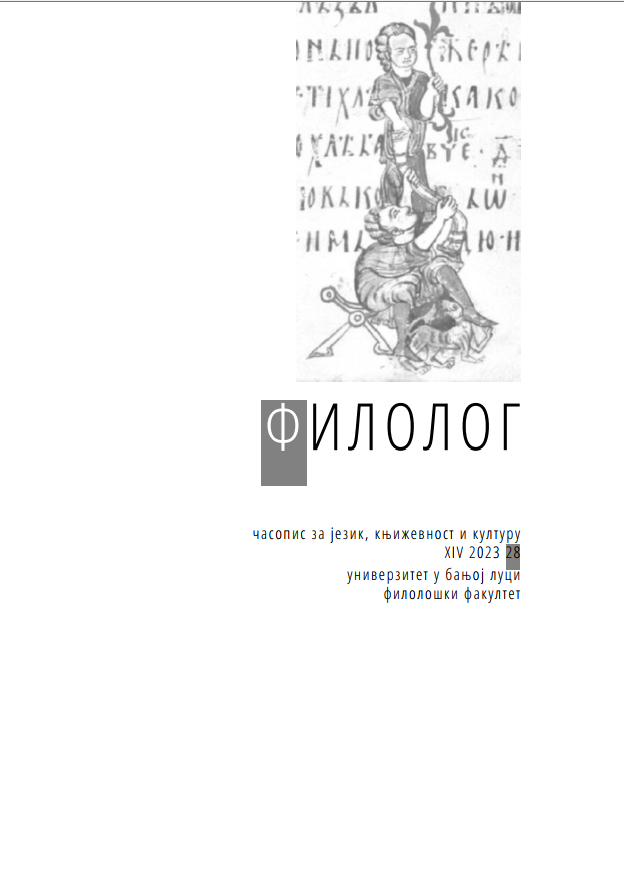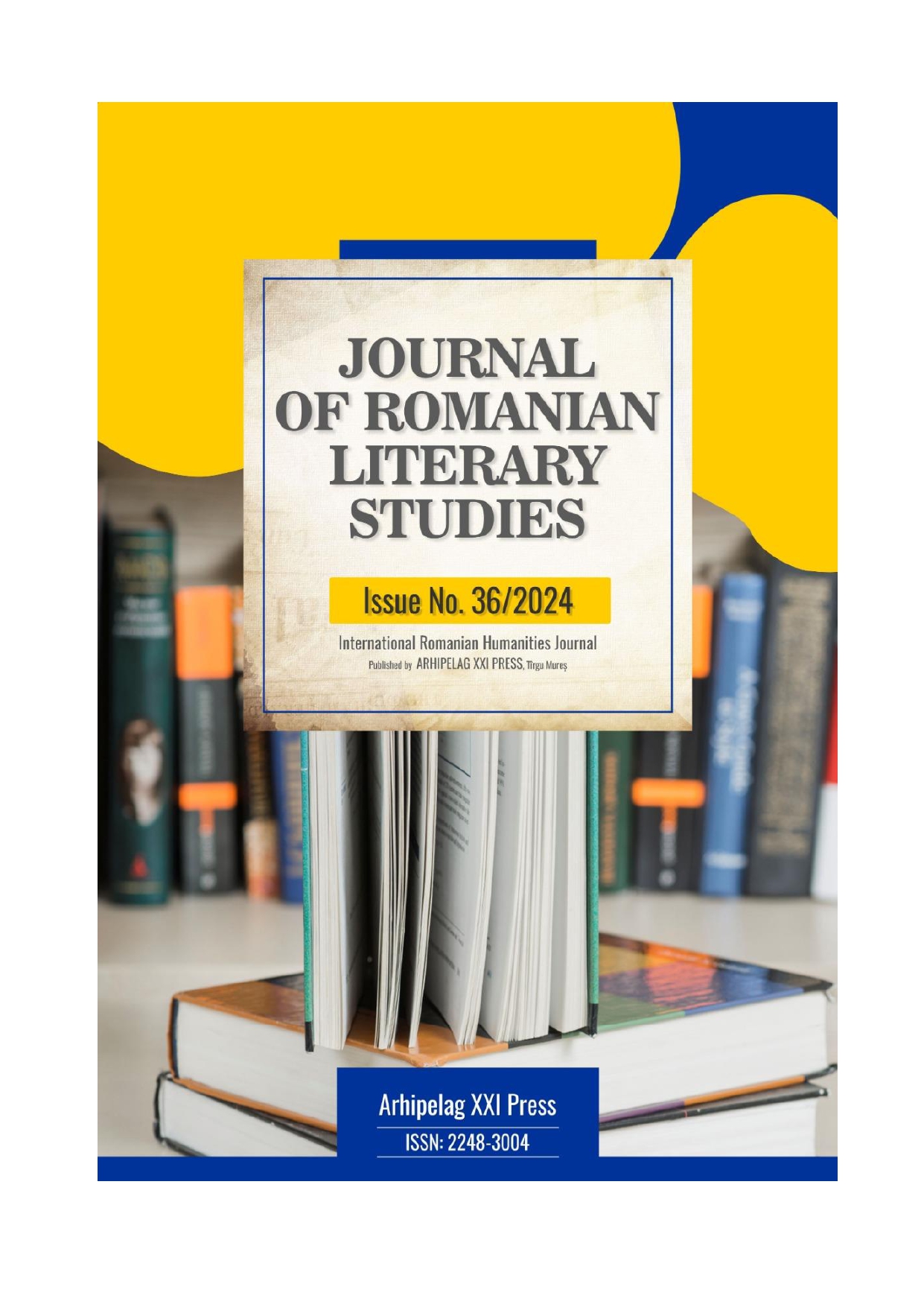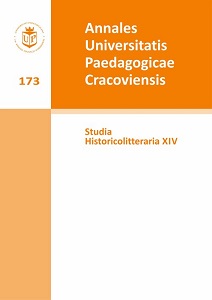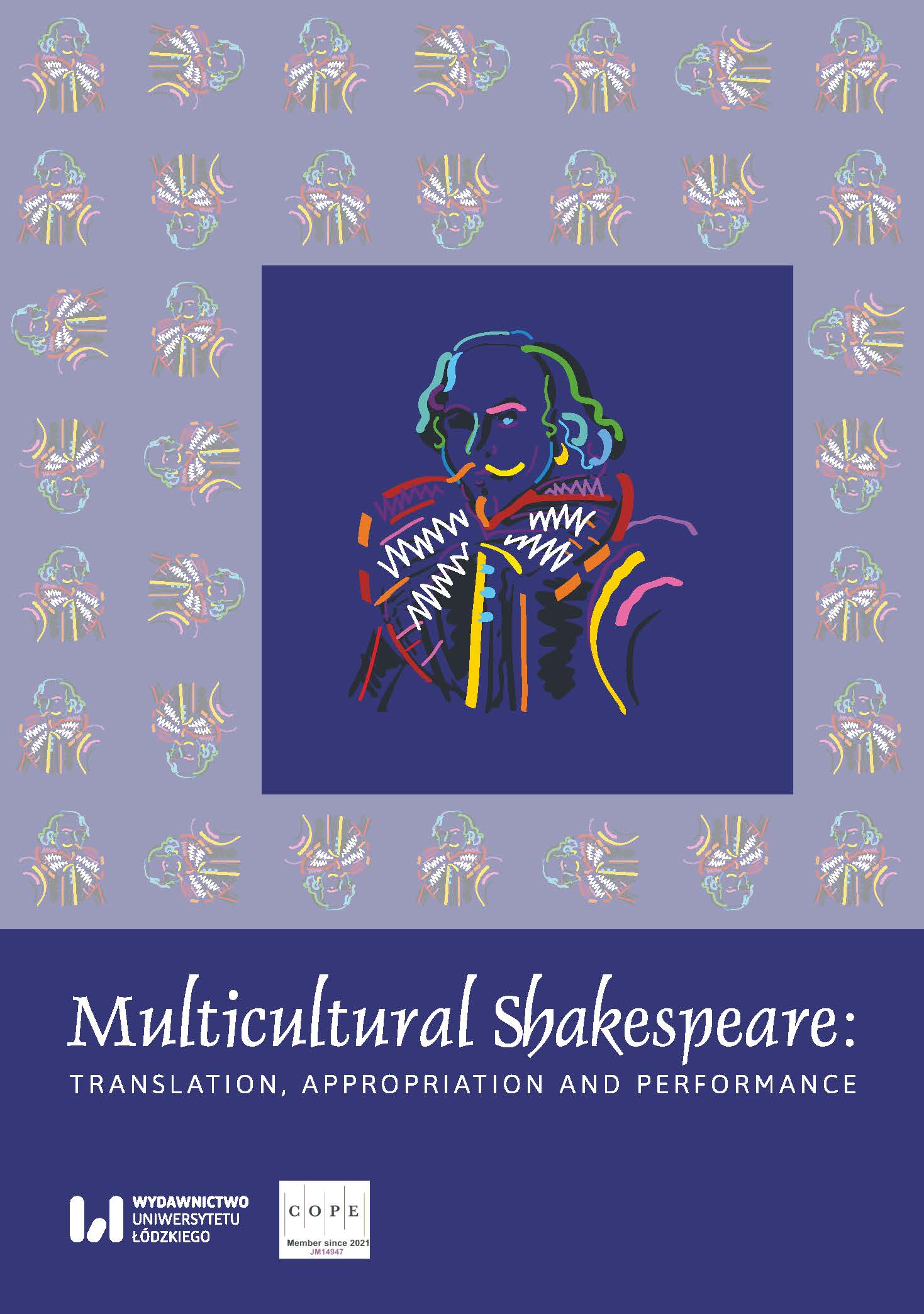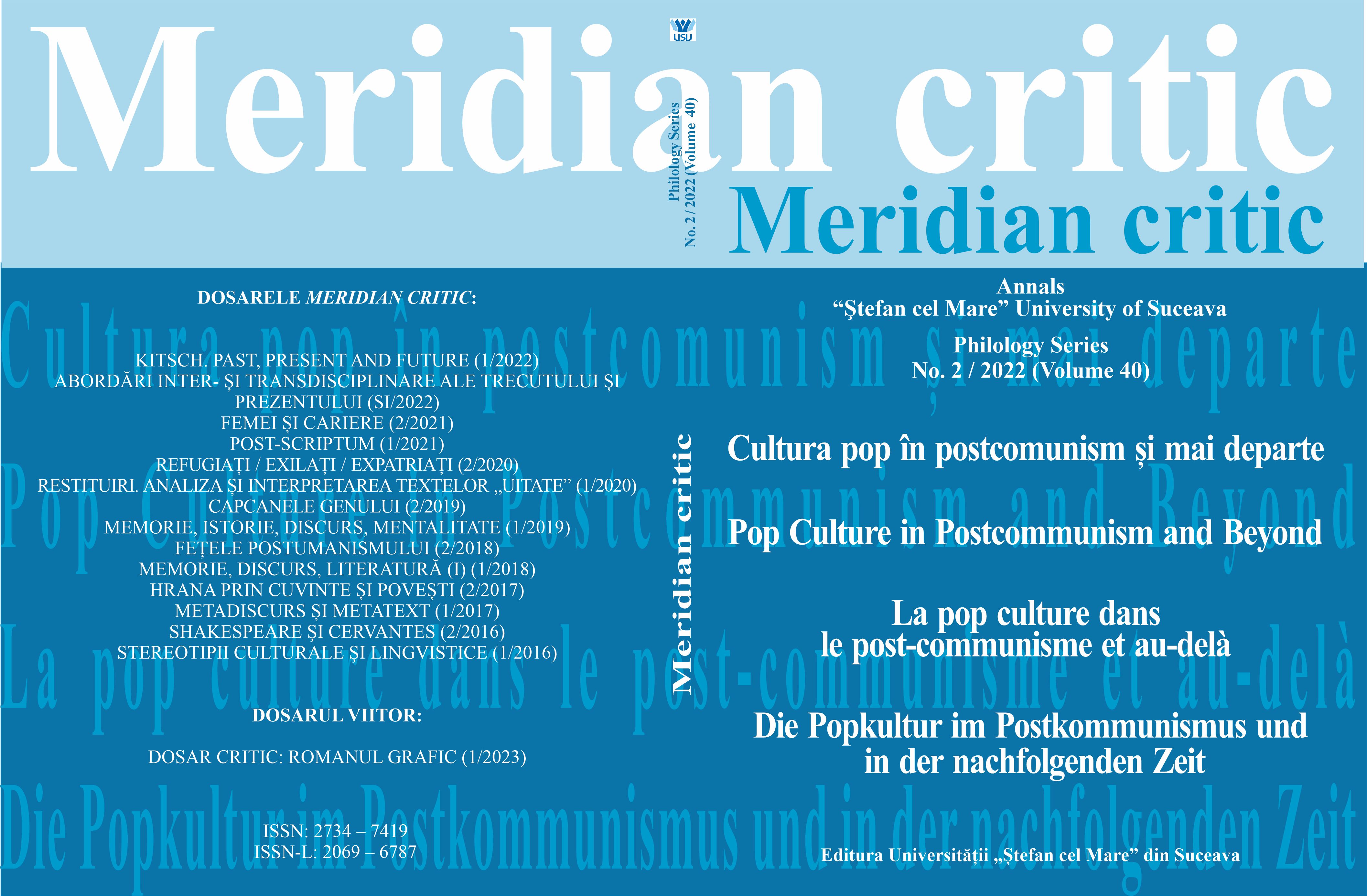
Matéi Visniec et Wajdi Mouawad : un « trou du ciel » sur le théâtre francophone contemporain
According to old physics theories, our universe might be the result of a black hole which generated the big-bang: the genesis of space, time and substance. The figurations of the theatre play Mais, Maman, ils nous racontent au deuxième acte ce qui s’est passé au premier / Look, mom, in the second part they tell us what happened in the first (2003) by Matéi Visniec (which presents a hole) and Ciels/ Skies (2009) by Wajdi Mouawad (very sympathetic of this hole) are against this law of universal gravity. That’s good. But, metonymically speaking, they are not without connection with the postmodern chaos that exists in the contemporary francophone theatre: birth of a hole which swallows everything and melts in a total ambiguity. They propose a manner of thinking this creation as being somewhere up at the top of an art whose rules can be reversed by the playwrights. These two plays bring a new light on the evolution of francophone theatre, which started with Aristotle rules, going forward to the new theatre and “theatre of the absurd” written by Eugen Ionescu, as well as the situational theatre of Jean-Paul Sartre, and, of course, Beckett. All this originates in the famous “bonnet rouge” of Hugo’s preface of the play Cromwell. Both the French-Romanian writer and the Lebanese-Canadian one appeal to the stage director, to character/ actors, to readers/spectators under the influence of a space situated at the intersection of arts and disciplines such as: mathematics, computer science, cryptanalysis and many others.
More...
